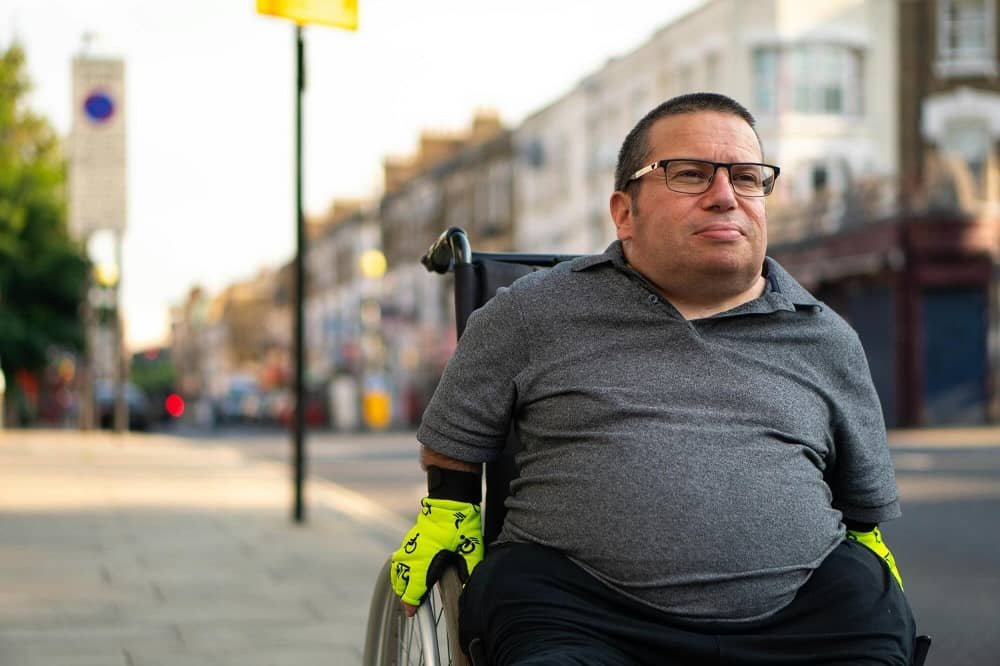Starting physical therapy can be a crucial step toward recovery, pain relief, or improving your mobility. However, the unknowns about what happens during the initial visit can cause anxiety or uncertainty. Knowing what to expect during your first physical therapy session helps you feel more prepared and confident, setting the stage for a successful treatment journey.
If you’re searching for physical therapy Wilkes Barre PA, this article will guide you through the typical process of your first appointment and what you should bring to make the most of it.
Preparing for Your First Physical Therapy Appointment
Before your first session, you might receive some paperwork or instructions about what to bring. It’s important to bring your medical history, any imaging reports like X-rays or MRIs, and a list of current medications. Wearing comfortable clothes that allow easy movement is also helpful.
If you’re dealing with pain or an injury, note down the details such as where it hurts, when it started, and any activities that make it better or worse. This information will help your therapist create a personalized plan.
What Happens During the Initial Evaluation?
The first physical therapy session is primarily an evaluation, which usually lasts between 45 minutes to an hour. The physical therapist’s goal is to understand your health condition, assess your movement, and identify the root causes of your symptoms.
Medical History Review
The therapist will begin by asking questions about your medical history, lifestyle, and any previous treatments related to your current issue. They may inquire about surgeries, illnesses, and daily habits that could affect your recovery.
Movement and Physical Assessment
Next, expect a thorough assessment of your body’s function. This can include testing your range of motion, strength, flexibility, balance, and posture. The therapist might observe how you walk, sit, or perform specific movements to identify limitations or abnormalities.
Pain Evaluation
If pain is a factor, the therapist will ask you to describe it in detail—its location, intensity, and triggers. They may use certain physical tests to determine how the pain affects your movement and what might be causing it.
Setting Goals Together
A critical part of your first session is discussing your personal goals. Whether it’s returning to sports, regaining the ability to perform daily activities, or managing chronic pain, clear goals help tailor your therapy plan.
Your therapist will explain the treatment options, expected timeline, and what you can do at home to support your recovery. This collaboration ensures you are actively involved in your healing process.
Beginning Treatment: What to Expect
Depending on your condition, the therapist may start with gentle treatments during the first session. This can include:
- Manual therapy such as massage or joint mobilization
- Basic exercises to improve mobility and strength
- Education on posture, ergonomics, or pain management techniques
The initial treatment will be designed to reduce discomfort and prepare your body for more intensive therapy sessions.
Tips for a Successful First Physical Therapy Session
- Arrive Early: Give yourself extra time to complete any necessary paperwork and discuss insurance details.
- Be Honest and Open: Share your symptoms and concerns thoroughly for the most accurate evaluation.
- Ask Questions: Don’t hesitate to ask about your diagnosis, treatment plan, or exercises. Understanding your therapy boosts motivation.
- Follow Instructions: Adhering to home exercises or lifestyle advice provided by your therapist is key to progress.
What Happens After Your First Session?
After your initial evaluation and treatment, your therapist will likely schedule follow-up visits to continue your care. These sessions will build on your progress with tailored exercises and therapies to address your specific needs.
Your therapist may periodically reassess your condition to adjust the plan as needed. Staying consistent and communicating any changes in your symptoms will help maximize the benefits of physical therapy.
When to Consider Physical Therapy
Physical therapy can be beneficial for a variety of conditions, including injuries, post-surgical recovery, chronic pain, arthritis, neurological conditions, and more. If you experience limited movement, persistent pain, or muscle weakness, consulting a physical therapist can be a proactive step toward improvement.
If you’re ready to take the first step, consider seeking physical therapy Wilkes Barre PA to get professional support tailored to your needs.
Conclusion
Your first physical therapy session is an essential starting point in your recovery journey. By understanding the evaluation process, setting realistic goals, and beginning appropriate treatment, you set the foundation for success. Preparation, open communication, and active participation will help you get the most out of your physical therapy experience.
Taking the initiative to schedule your appointment and committing to the process can lead to improved mobility, reduced pain, and a better quality of life. If you’re considering physical therapy, now is the perfect time to make a move toward healing and wellness.




